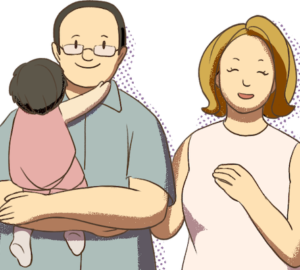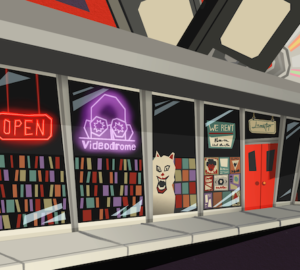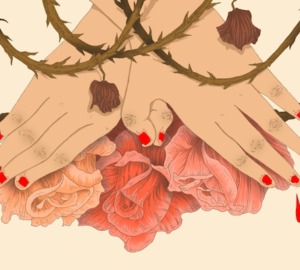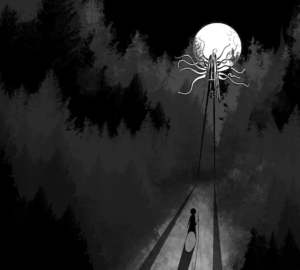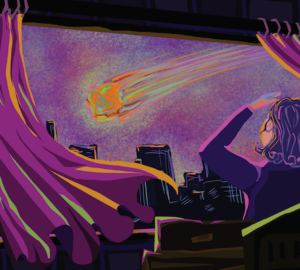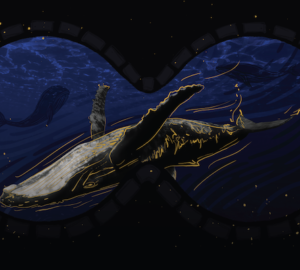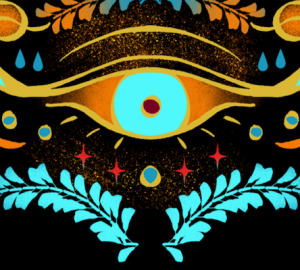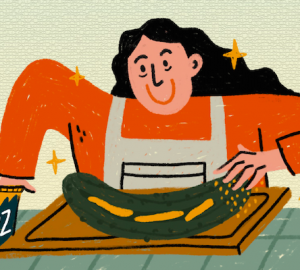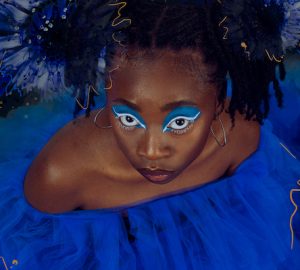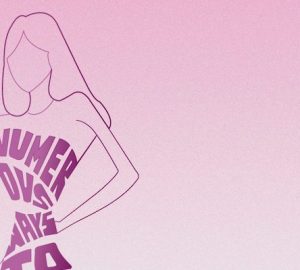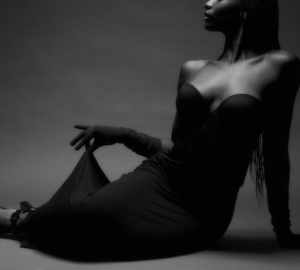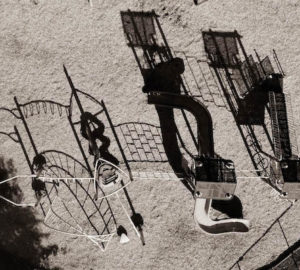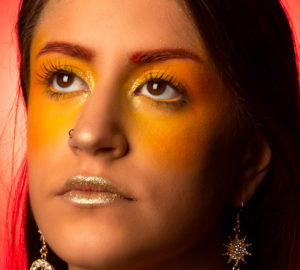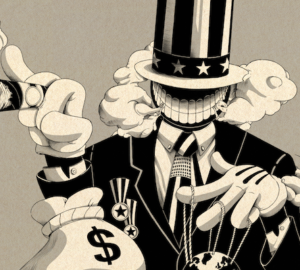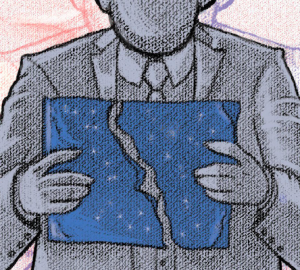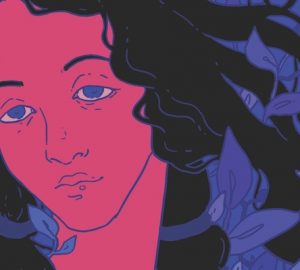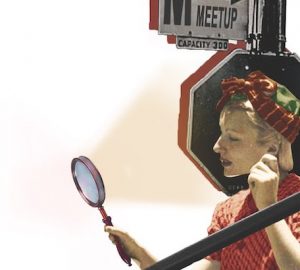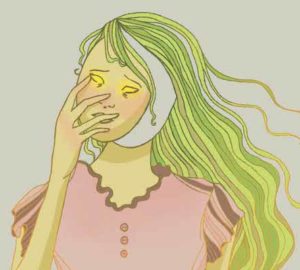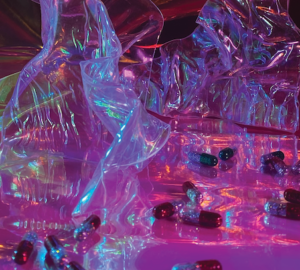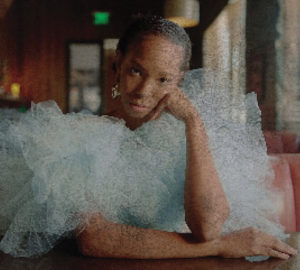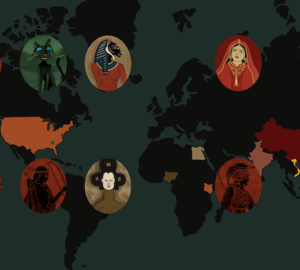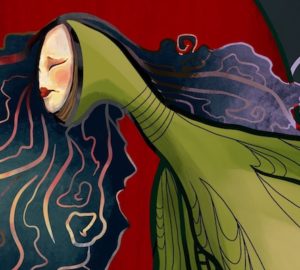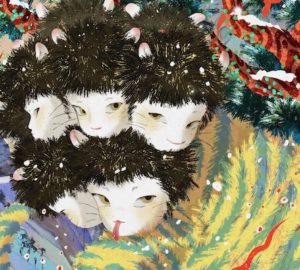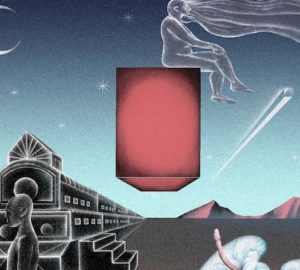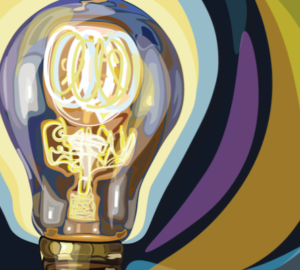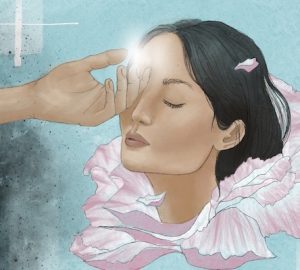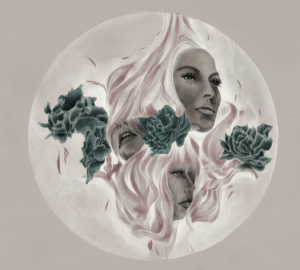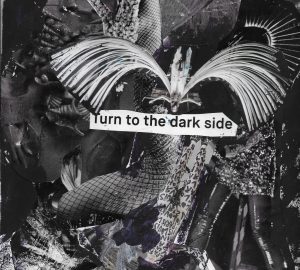A Survivor’s Perspective
When dealing with tragedy and trauma, I chose to transform pain into purpose.
WRITTEN BY AND PHOTO ILLUSTRATIONS CREATED BY CODY DELONG
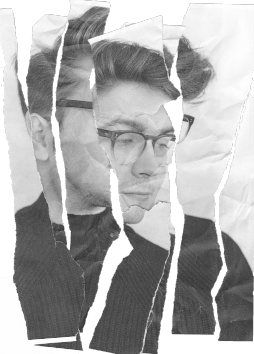 I remember looking down at my feet, the red clay caked to my shoes as I waited on the side of the road. In that moment, I was so afraid of the truth, of the future and of being alone. I remember seeing the man walking towards me and my stepfather and seeing his face as he did. I just wanted to focus on the mud on my shoes. Mom was going to be so pissed my new shoes were filthy. I remember the man saying it: the traffic stop, the car accident, the “I’m so sorry for your loss,” while my stepfather sobbed next to me.
I remember looking down at my feet, the red clay caked to my shoes as I waited on the side of the road. In that moment, I was so afraid of the truth, of the future and of being alone. I remember seeing the man walking towards me and my stepfather and seeing his face as he did. I just wanted to focus on the mud on my shoes. Mom was going to be so pissed my new shoes were filthy. I remember the man saying it: the traffic stop, the car accident, the “I’m so sorry for your loss,” while my stepfather sobbed next to me.
Growing up, it was always my mom and me. She raised me as a single mother because my dad died when I was a baby and she was always there for me. She was my best friend, my confidant and my biggest supporter. Then, for the first time in my life, she wasn’t there.
In the months that followed, I continued to move through my day-to-day life like a ghost of my former self. Much of this time I have blocked out of my mind, but the moments that I do remember are of feeling numb, sad and angry all at once. My grief over my mother’s death was compounded by the loss of a friend to suicide shortly after. I felt utterly alone and didn’t know how to talk to about my pain. My family stigmatised mental health and any attempt to talk about seeing a therapist was met with arguments, telling me to turn to family and faith for help. I started to do risky things such as staying out late, drinking, smoking and driving recklessly, all in the hopes it would numb my pain or even end my life so I wouldn’t have to deal with things anymore. Isolation, a lack of support and inability to deal with my grief overwhelmed me, taking me to a place that I didn’t know how to get out of. It was a long road that ended with me trying to kill myself because the grief was just too much.
Looking back, the critical reason I found myself at that point was because I wasn’t dealing with my loss. I was pushing it down, ignoring it and pretending it wasn’t there. But that is the thing about grief, it’s elusive and waits for those moments of quiet, of peace, when you think we are okay and we have made progress, only to resurface and drag you back down.
Following the suicide attempt, which my family and friends helped me recover from, I began to see a therapist and talk about how I was feeling. I finally started working through my pain and pulling myself up from my lowest moment.
It’s now been four years now since my mom passed away and there isn’t a single day that goes by that I don’t think about it. It’s usually the simple things people take for granted that remind me that I don’t have her here with me: my friends talking to their mom about their days, the casual lunches or dinners with their families, the tearful calls about how stressful school is and how they just need to hear their mom’s voice to make it all alright — these are the things I miss every day.
What I learned to understand was that this pain will always be there in the back of my mind, affecting how I think, feel and act, and this can be both negative and positive, but that is up to me. We all have dark moments where we don’t think we can keep going and when we just want to give up, but that is just what they are — moments. Every day I have to remember I’m not alone, and that I now can help someone in their time of need just like how I needed someone to help me through mine. I chose to channel my trauma into something that could give me purpose and help others that have suffered in the same ways I have.
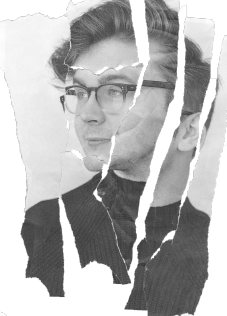 This thought of helping others has become a defining theme in my work as a graphic designer because at the end of the day, we all experience loss and pain. I want to help people learn from these losses and also learn a healthy way to deal with them. Difficult topics such as death, vulnerability and de-stigmatising mental health have been topics of multiple projects in my portfolio and have propelled me into work focused on social and interpersonal issues. For my latest project, we had to develop an app that would help solve a problem that was painful from our past, and nothing else seemed more important than the loss of my mother. I designed an app to help people deal with the loss of a loved one that would use artificial intelligence to get to know you and your personal loss in order to help you heal through communication, personalized coping mechanisms, mood tracking and geolocation to encourage you to avoid self induced isolation. This project was something that I felt defined me as a person and as a designer.
This thought of helping others has become a defining theme in my work as a graphic designer because at the end of the day, we all experience loss and pain. I want to help people learn from these losses and also learn a healthy way to deal with them. Difficult topics such as death, vulnerability and de-stigmatising mental health have been topics of multiple projects in my portfolio and have propelled me into work focused on social and interpersonal issues. For my latest project, we had to develop an app that would help solve a problem that was painful from our past, and nothing else seemed more important than the loss of my mother. I designed an app to help people deal with the loss of a loved one that would use artificial intelligence to get to know you and your personal loss in order to help you heal through communication, personalized coping mechanisms, mood tracking and geolocation to encourage you to avoid self induced isolation. This project was something that I felt defined me as a person and as a designer.
Tragedy is painful and can significantly affect your life if you let it, but you have to remember you are loved and that you can reach out to find the support you need if you just take the time to do so. You have to remember that tragedy can also lead to beautiful things too. I used my pain to grow, to learn and ultimately fuel my drive to help others. I think my mom would be so proud knowing that I have moved beyond the darkest parts of my life and used this darkness to fuel my love to help my this world a more loving, kind, and caring place. Every day I have to remember to put one foot in front of the other, to be brave and move forward into the future, hand in hand with the ones that love me and keep looking forward because it will only get better from here.

